by James C. Sherlock
The statewide performance of Black kids on Virginia’s SOLs was horrible. Chronic absenteeism is a primary reason.
But I continue to look for underlying reasons and solutions for both.
This morning I checked the Staffing and Vacancy Dashboard.
The teacher vacancy rate for Region 2, Tidewater and the Eastern Shore, is currently the highest in the state at 7.62%. That statistic combines teachers and special education teachers aides and paraprofessionals. There are 3,115 unfilled positions in Region 2.
That region has been the worst in the state for a long time.
The next highest is Central Virginia at 4.9%. Southwest Virginia is lowest at 2.28%.
Region 2 vacancies both in actual numbers and in percentages are always high because school staff vacancies in Hampton Roads’ majority Black urban cities, and their proportion of the region’s public-school population, drive them up.
The data reveal that in divisions with majorities of Black students in the rest of the state, some are very high and some not.
Petersburg, as such things happen, is off the charts.
But there are a major differences in teacher vacancies, and in student performance, between Black kids in Black majority urban cities (Suffolk is a officially a city but not urban) with the honorable exception of Hampton’s Black student SOL scores, and those in Black majority rural counties.
We should perhaps look at what vacancies can tell us.
And another time at what the City of Hampton Public Schools has been doing right for so long.
The school staffing data.
In red are school divisions with a majority Black student population.
Reader caution: Richmond, in 100% of the cases I have ever run to ground, produces unreliable statistics.
Black population distribution in Virginia from the Census Bureau’s 2020 Census Demographic Data Map Viewer.
Geographic groupings. Other than Essex County, Virginia’s majority Black school divisions are tightly grouped geographically.
Hampton Roads
Richmond and Southside
The counties of Brunswick, Sussex and Greensville above are grouped together on the North Carolina border southeast of Richmond. Their school divisions do not report staff shortages statistically outside the statewide norms, except of special education teachers aides in Brunswick County.
Essex County.
Essex County, a geographic outlier in Black public-school majorities, has its county seat at Tappahannock. It is located on Virginia’s Middle Peninsula 45 miles northeast of the City of Richmond.
Black cities vs. Black counties. It is Virginia’s Black cities that have trouble hiring and retaining school staff.
No one can make teachers work in any schools. The divisions have to attract, hire and retain them.
They have a hard time because those divisions except Hampton have well-earned reputations, particularly with the women teachers that dominate the profession, as chaotic and dangerous places to work.
They will have to restore and maintain order and discipline to fix their teacher shortages long term.
When I quickly compare teacher vacancies to SOL scores, I find that kids in Virginia’s majority Black counties significantly outperform those in our majority Black cities. Again, except in Hampton. Details on that another time. It is too important to leave underreported.
Teacher vacancies are not the entire difference, but they are certainly part of it.
But that presents a chicken or egg issue.
- Do teachers want to work in the counties because they have better school climates than the city schools? Or are the county school climates better because of more teachers? Both?
Do the better working conditions — school climates — reflect rural vs. city values in the schools and kids? Something else?
Teacher availability. Teacher preparation enrollment in Virginia dropped dramatically in academic year 2019-20 and has not recovered.
In terms of female/male mix, teacher preparation enrollment in Virginia in 2020-21 (last year for statistical availability) was still less than 19% male. That is about the same ratio as in the broader population of teachers.
Of those 8,772, only 937 were Black. 10.7%. Which is half the percentage of Black kids in Virginia public schools.
Open enrollment not a viable option. I have occasionally cited here that a state law on open enrollment helps minority kids in the majority-minority City of Milwaukee find better schools in the white suburbs.
That is true, but it is also true that, other than Milwaukee, the State of Wisconsin is almost entirely white. So, Milwaukee kids choosing to enroll in more diverse schools don’t have far to travel.
Open enrollment would not work to solve the issues in 22% Black Virginia public schools with Black kids in much denser regional concentrations than in Wisconsin.
Black-majority cities are grouped together in Hampton Roads and Southside Virginia.
So, what is to be done?
What can be done? Virginia will have to attract teachers to the Black cities. Then those divisions will have to retain them.
To do that, the school climates will have to improve. A lot.
One solution I have offered before is Teach for America.
We do not have a TFA program in the Commonwealth beyond Alexandria. TFA is designed to provide teachers to inner city schools. Read what TFA has done for years in the Charlotte-Piedmont Triad (Charlotte, Winston-Salem, High Point, Greensboro, Gibsonsville, McLeansville) below.
Seems easy. It is not. Teachers unions do not like TFA.
The best charter school corporations, including Success Academy in NYC, actively seek out TFA teachers.
But then the unions hate charters too.
What can’t. Another important step is probably impossible right now.
School climates have been made far worse by Covid school closings, longer in Virginia’s Black cities like Richmond than elsewhere in the state.
That horrible mistake can’t be undone.
School climates have also been worsened by the wholesale overhaul of Virginia’s education laws, and thus regulations, changing them to progressive norms in 2020 and 2021.
I gave a preview here of where that was headed from the viewpoint of the left.
As with all things about education in Virginia, because of the authority that our constitution gives school divisions, laws and regulations are observed more faithfully in some divisions than others.
Most Black majority city school divisions embraced the new Democrat-passed laws, regulations and model policies.
Their sense of “equity” has crushed the futures of thousands of Black kids in Virginia.
Perhaps the Black county divisions maintain more traditional order and discipline approaches that do the Black city divisions. Hard to know.
But the worst of the 2020 and 2021 laws can be undone, and in a rational world Virginia’s Black legislators would lead the effort to undo them.
Like Portsmouth’s Louise Lucas, Chair of the Senate Education and Health Committee. She of “Blue Wall” fame.
But that is not the world in which she lives, or we live, in Virginia.
Maybe some year.
Next. I’ll check with Hampton City Schools to see if I can get an interview.

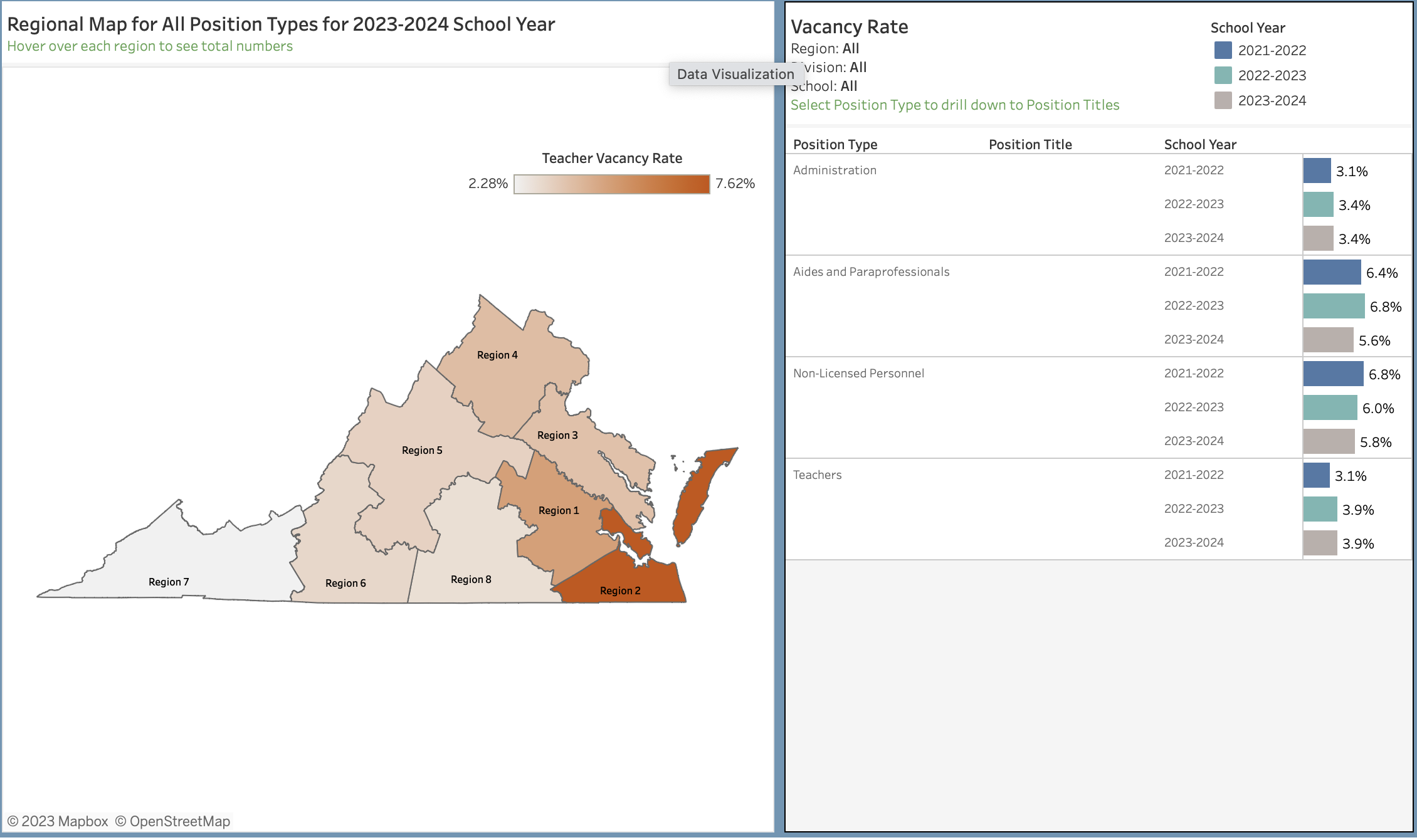
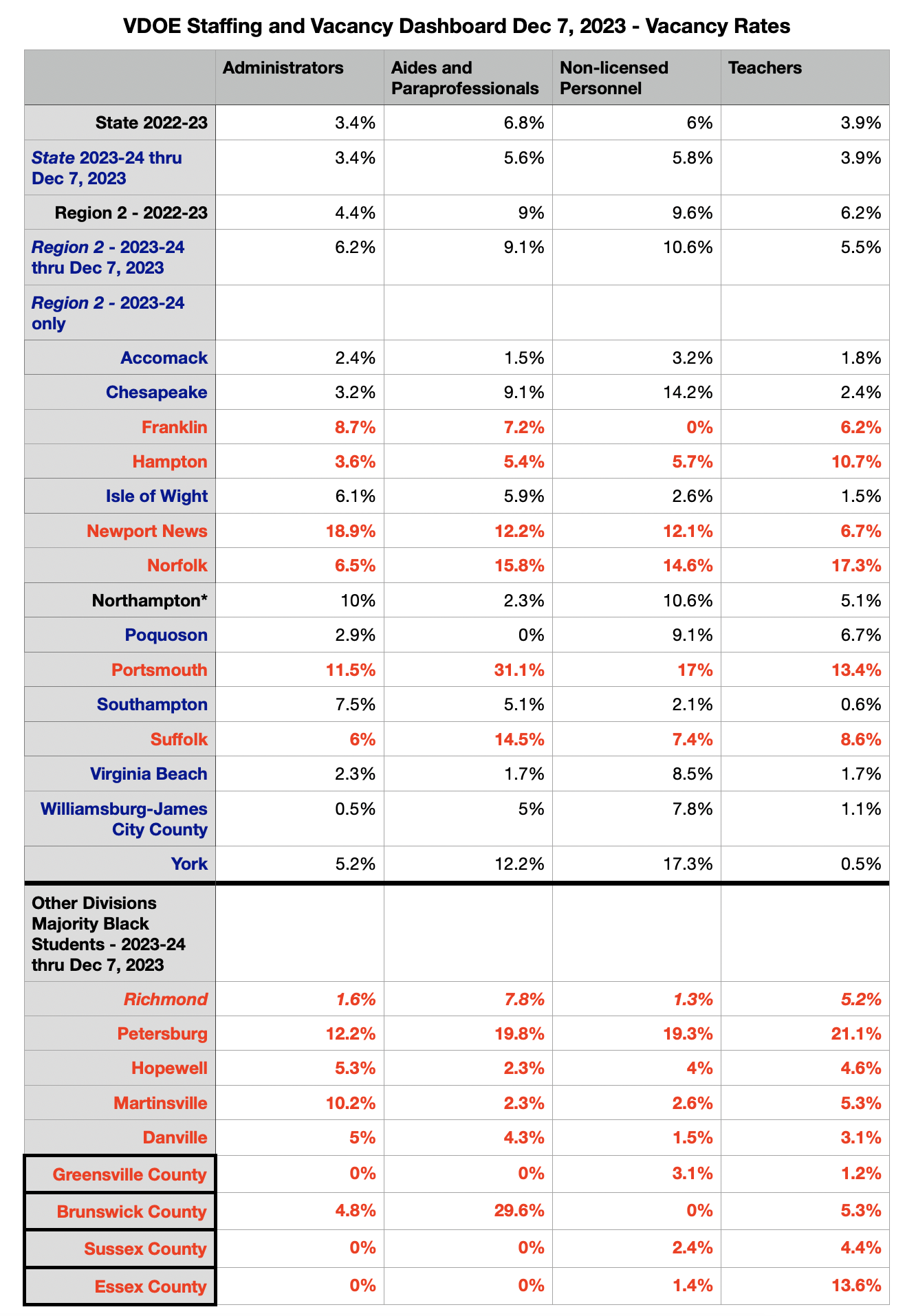
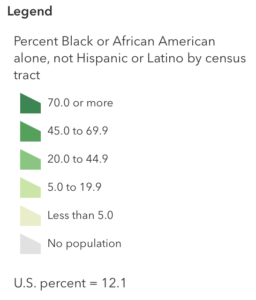
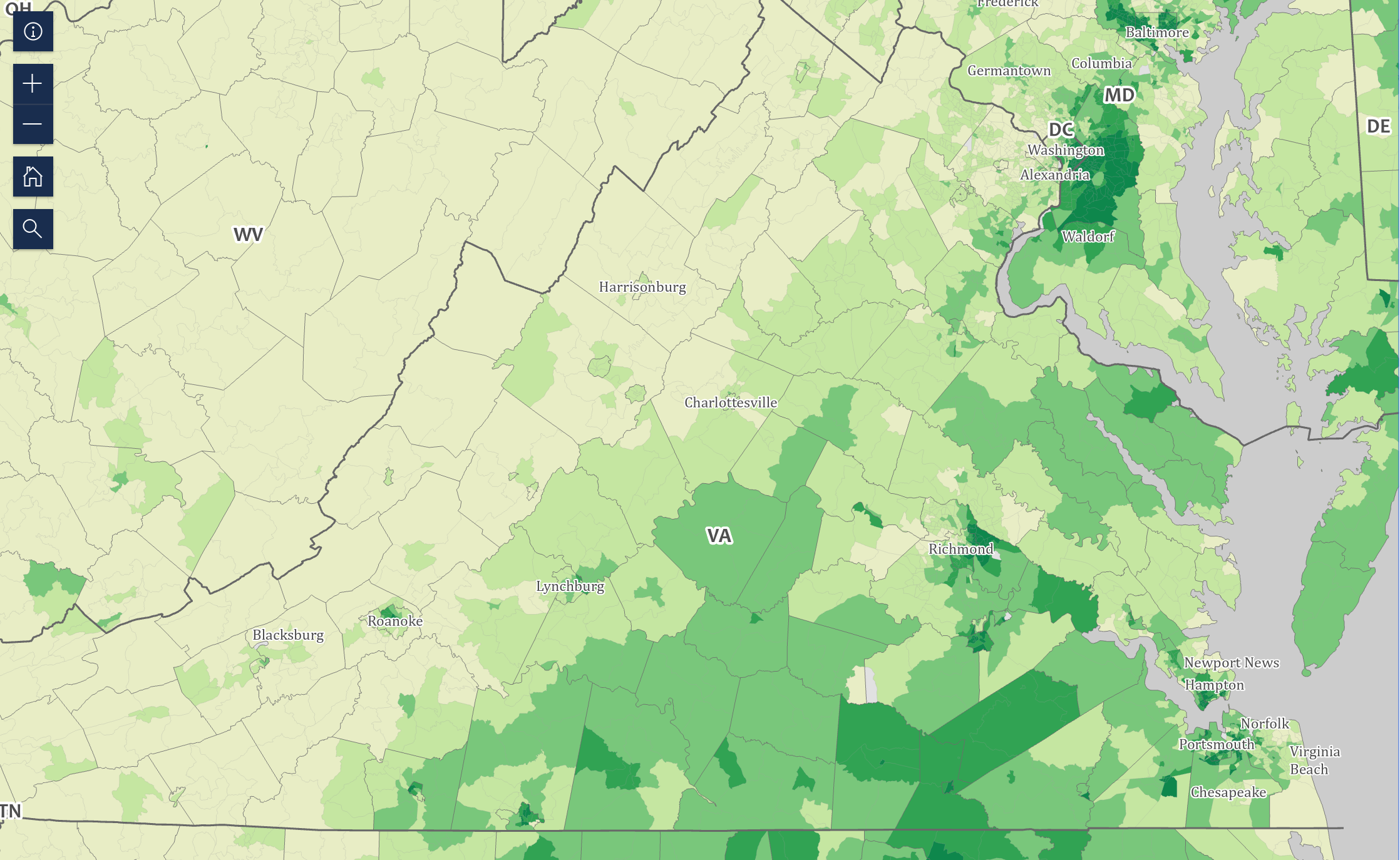
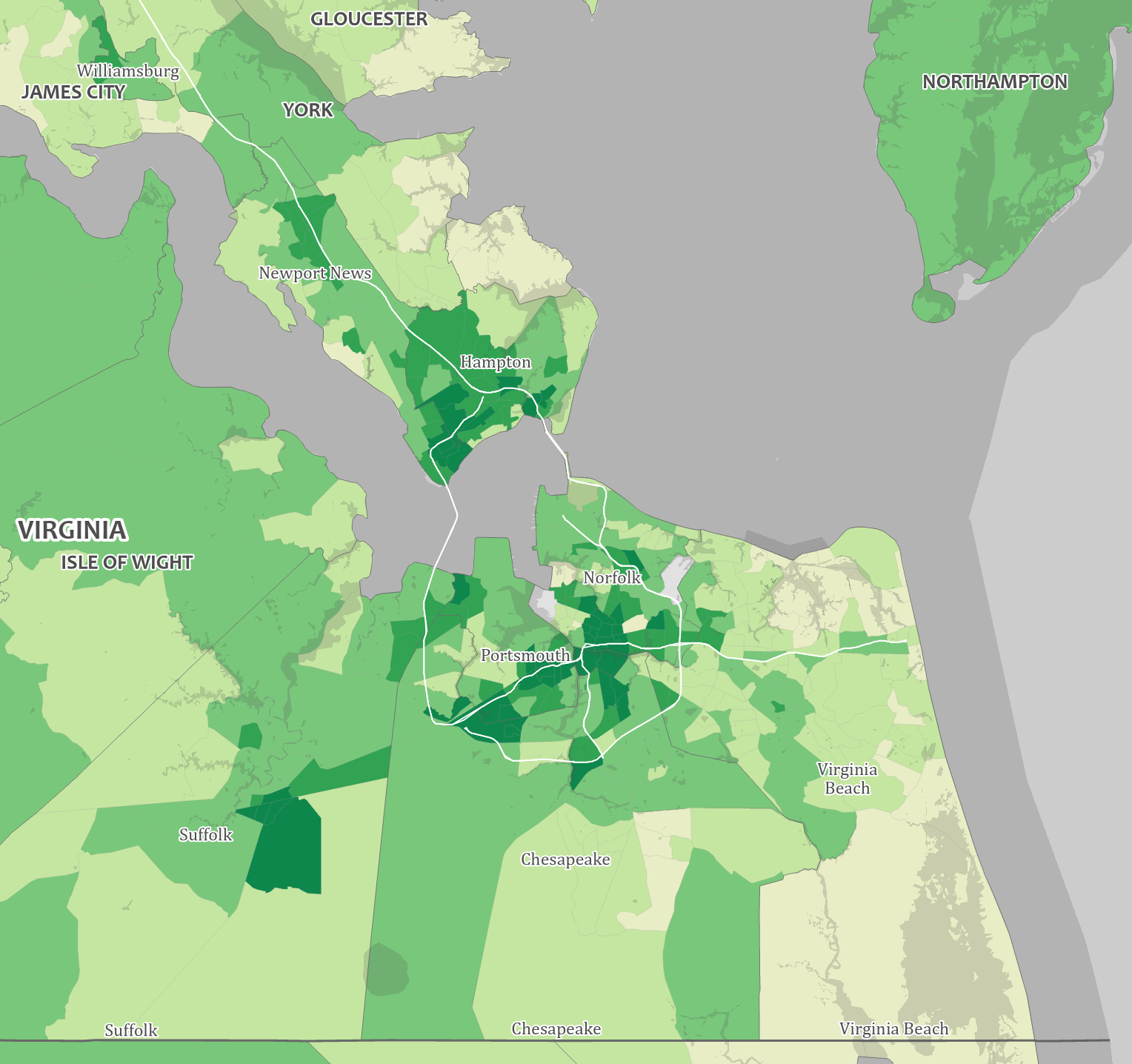
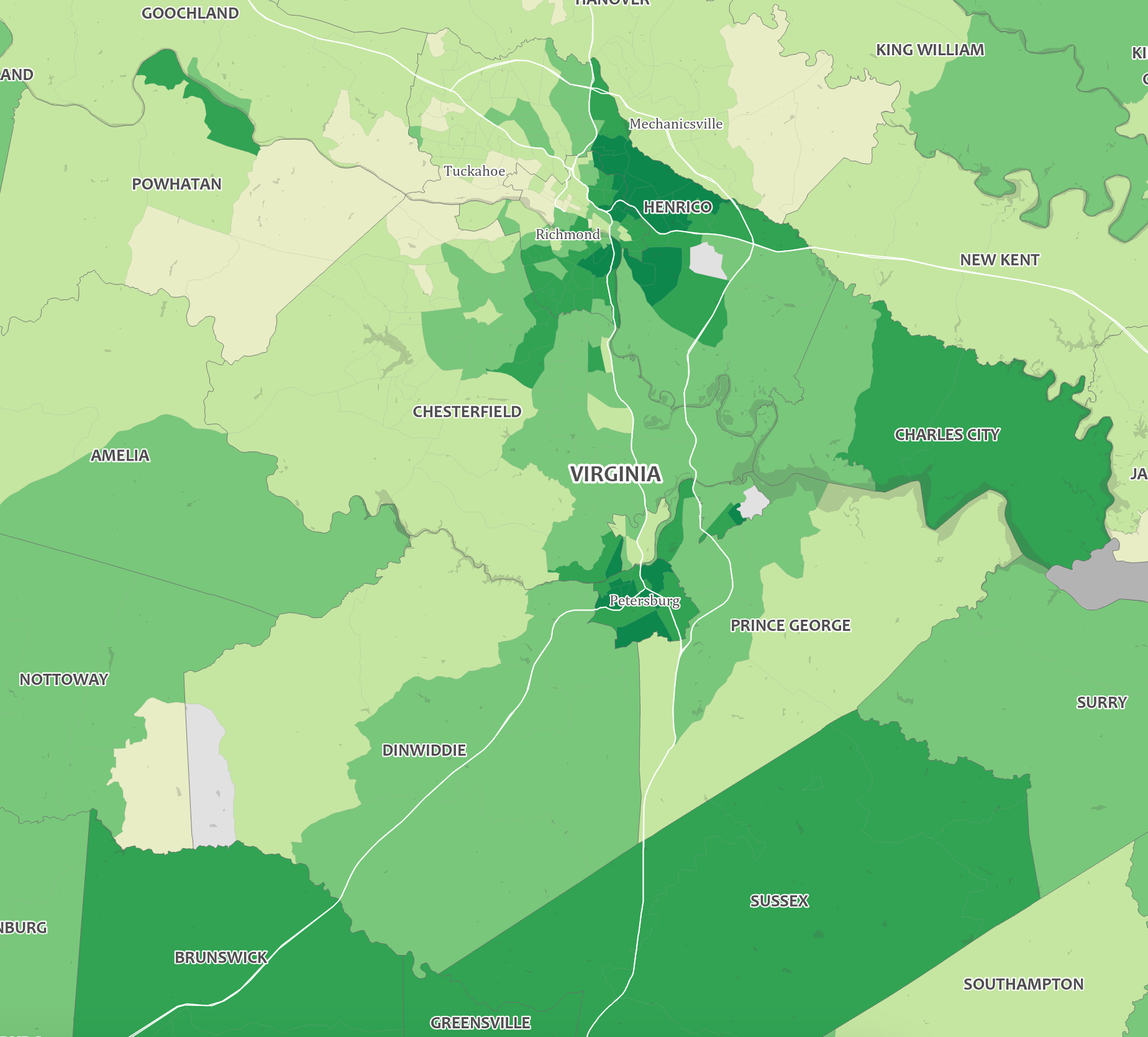
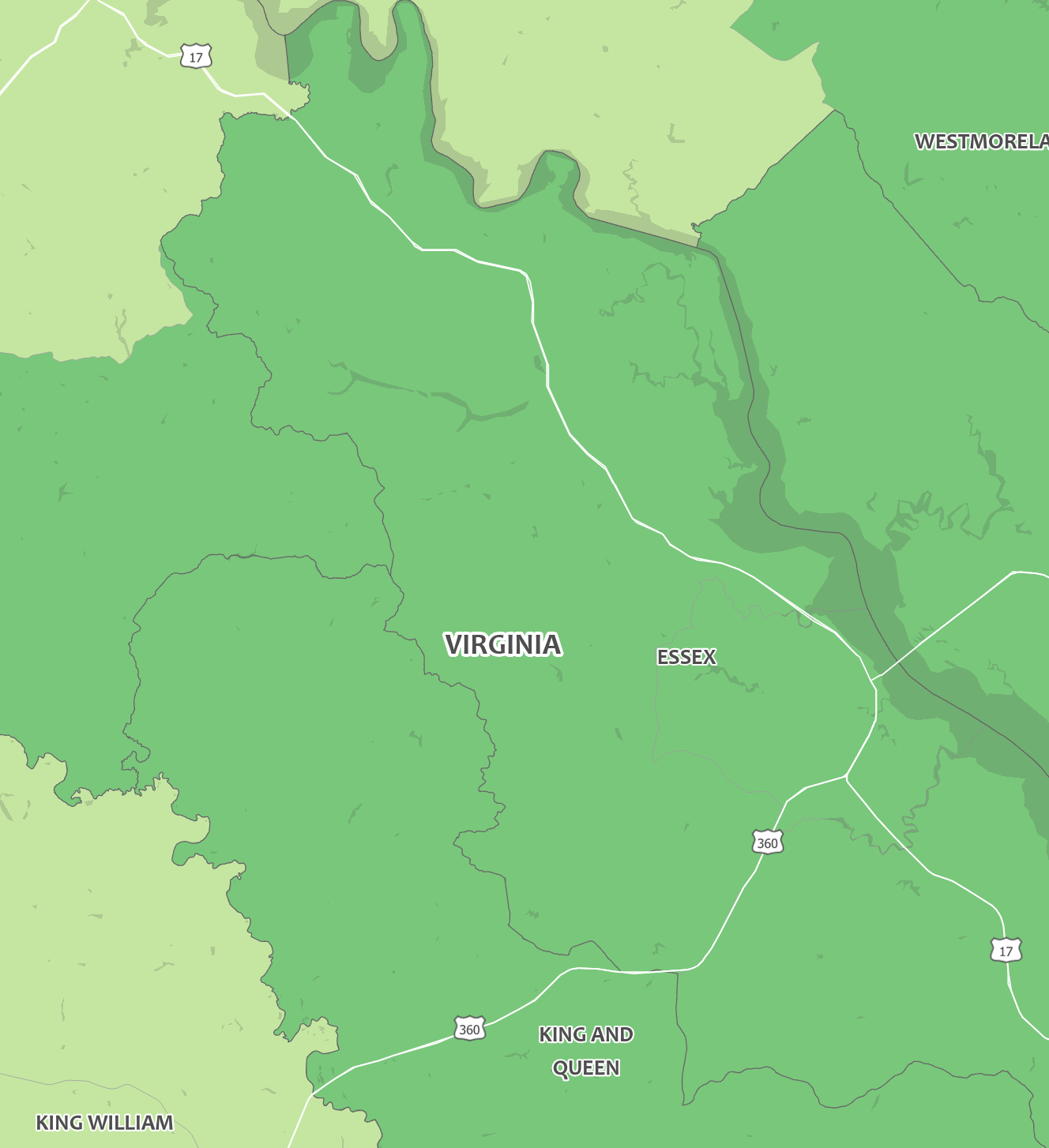
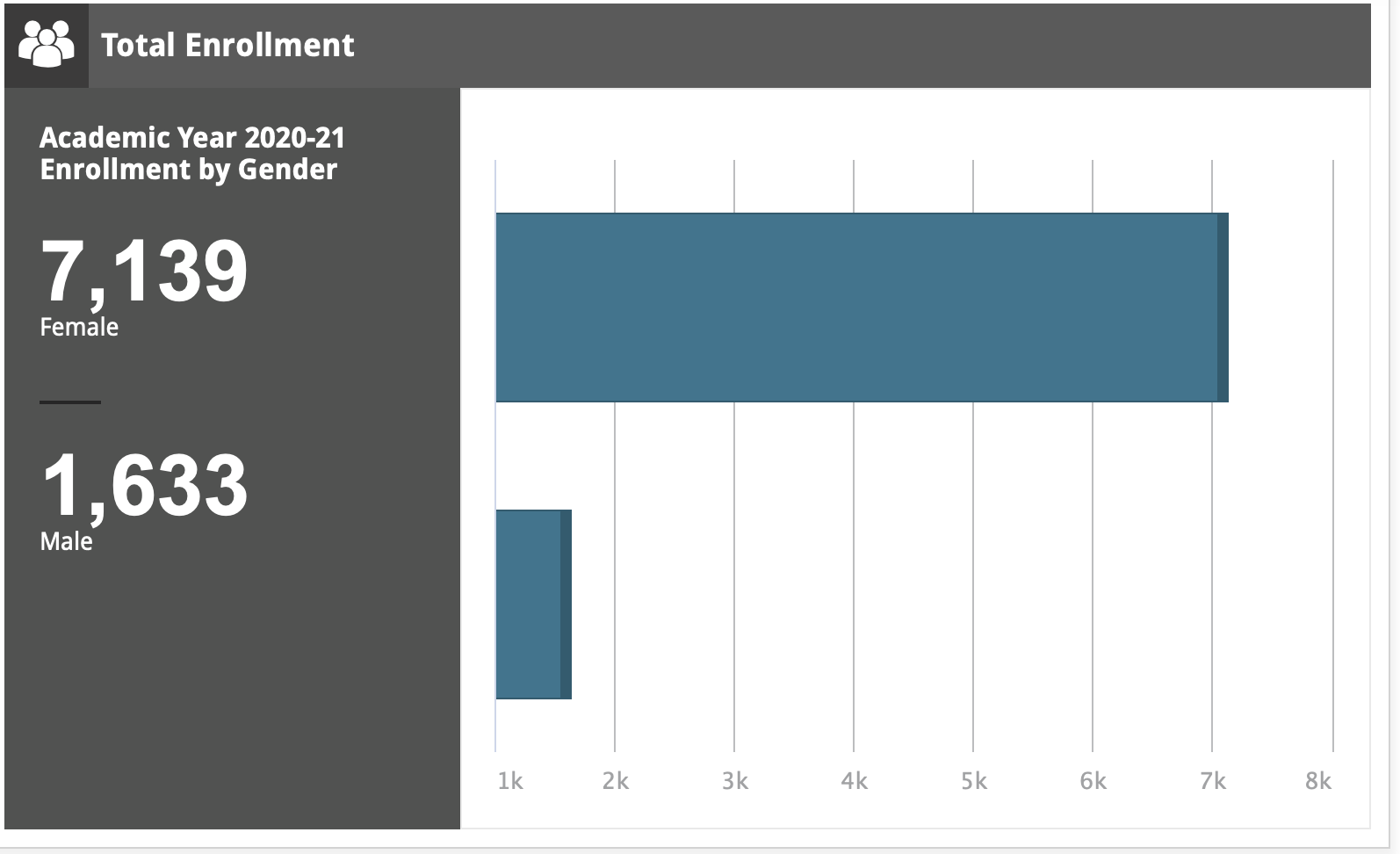
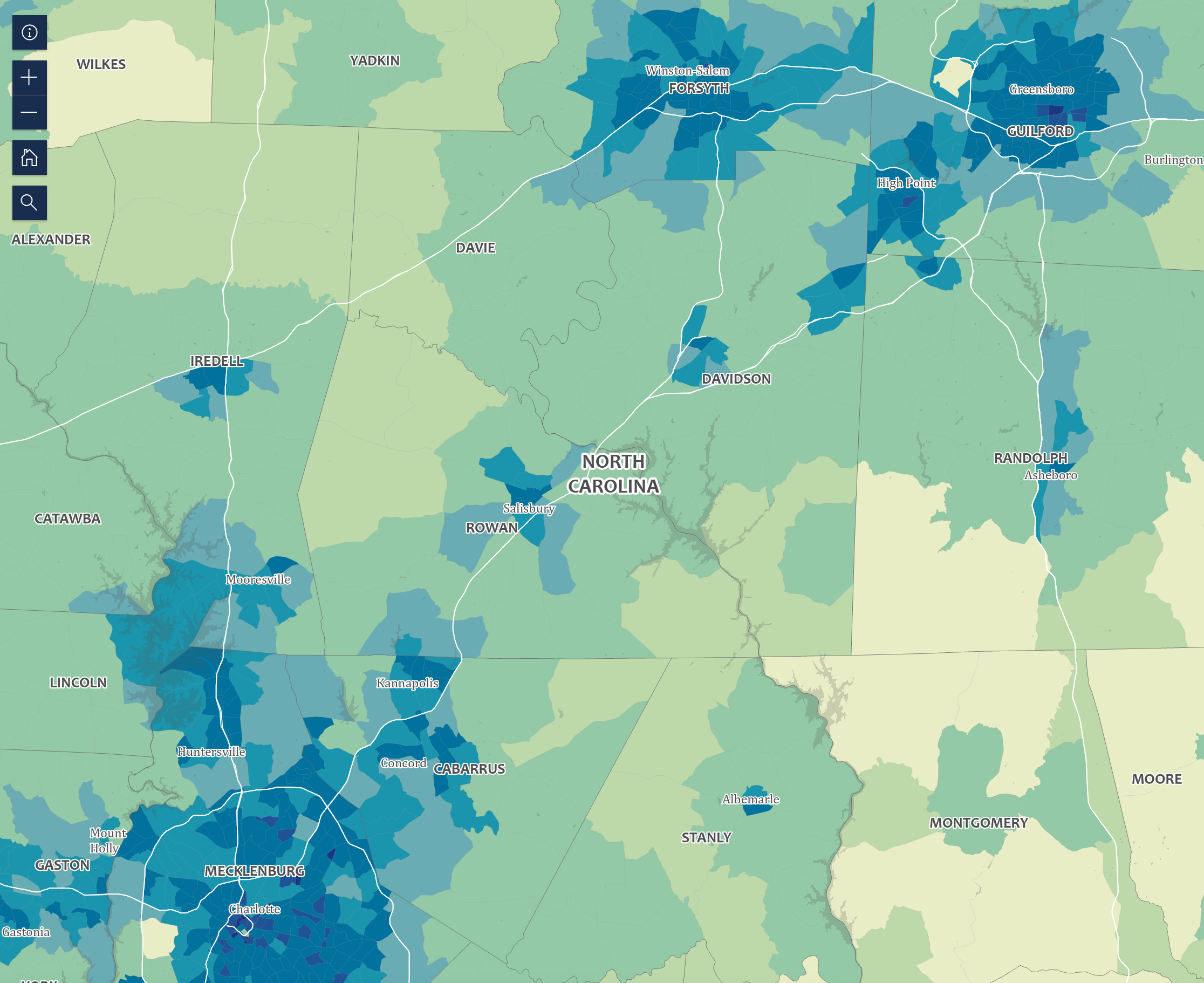
Leave a Reply
You must be logged in to post a comment.